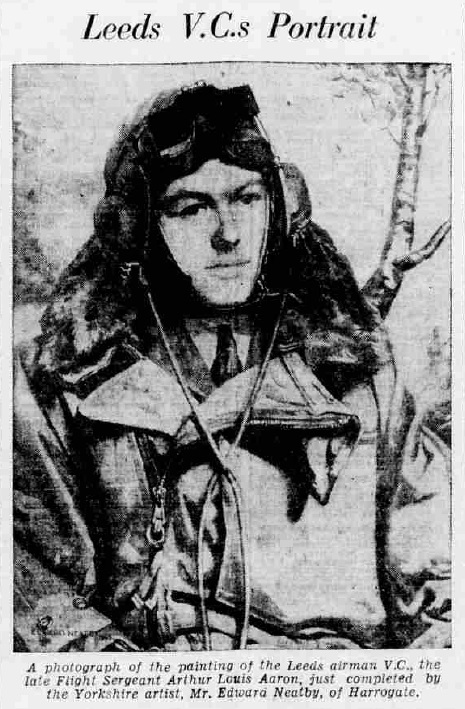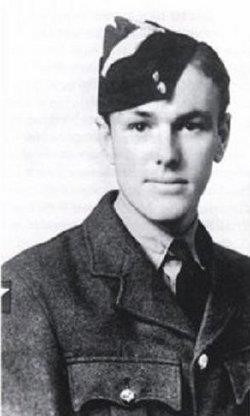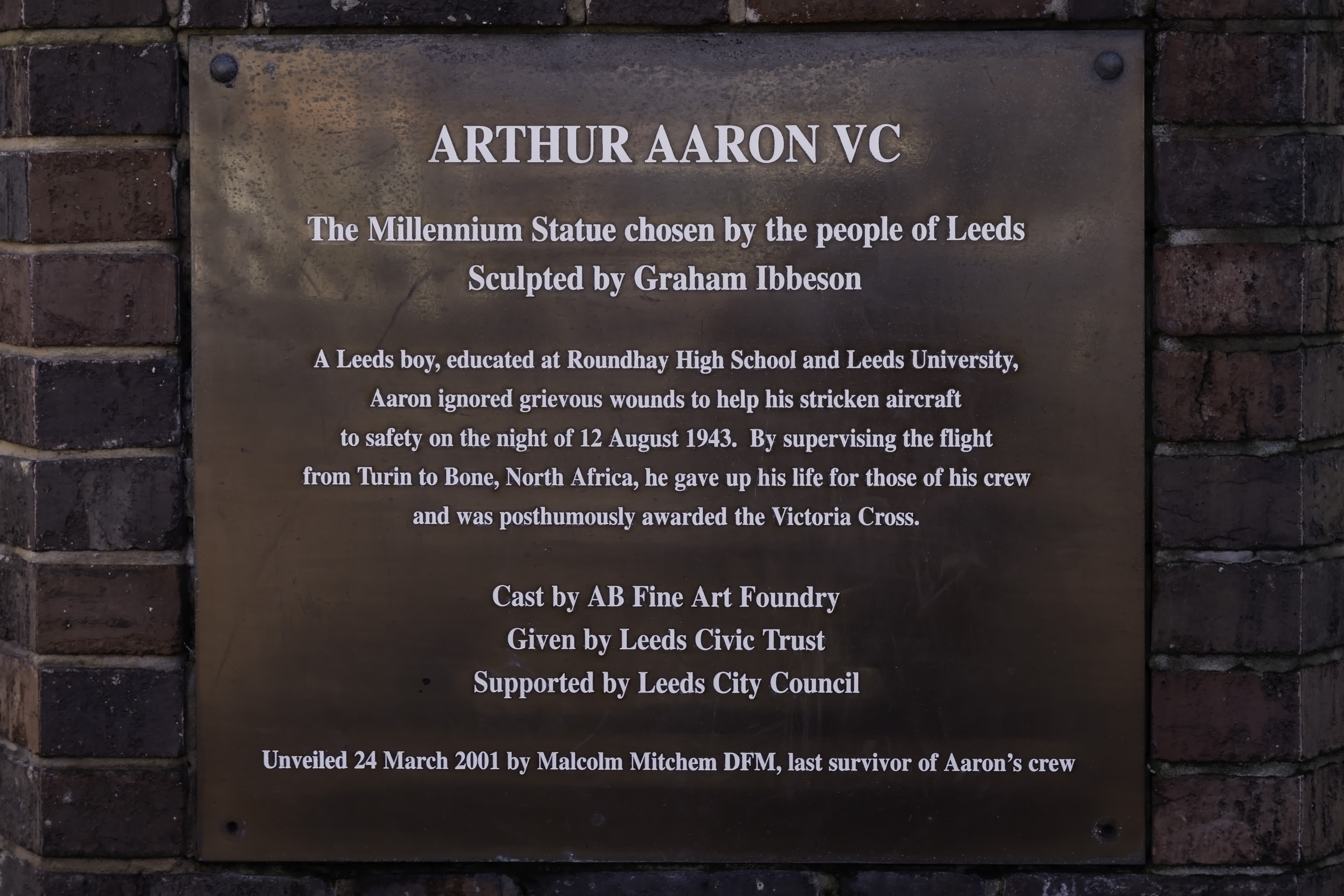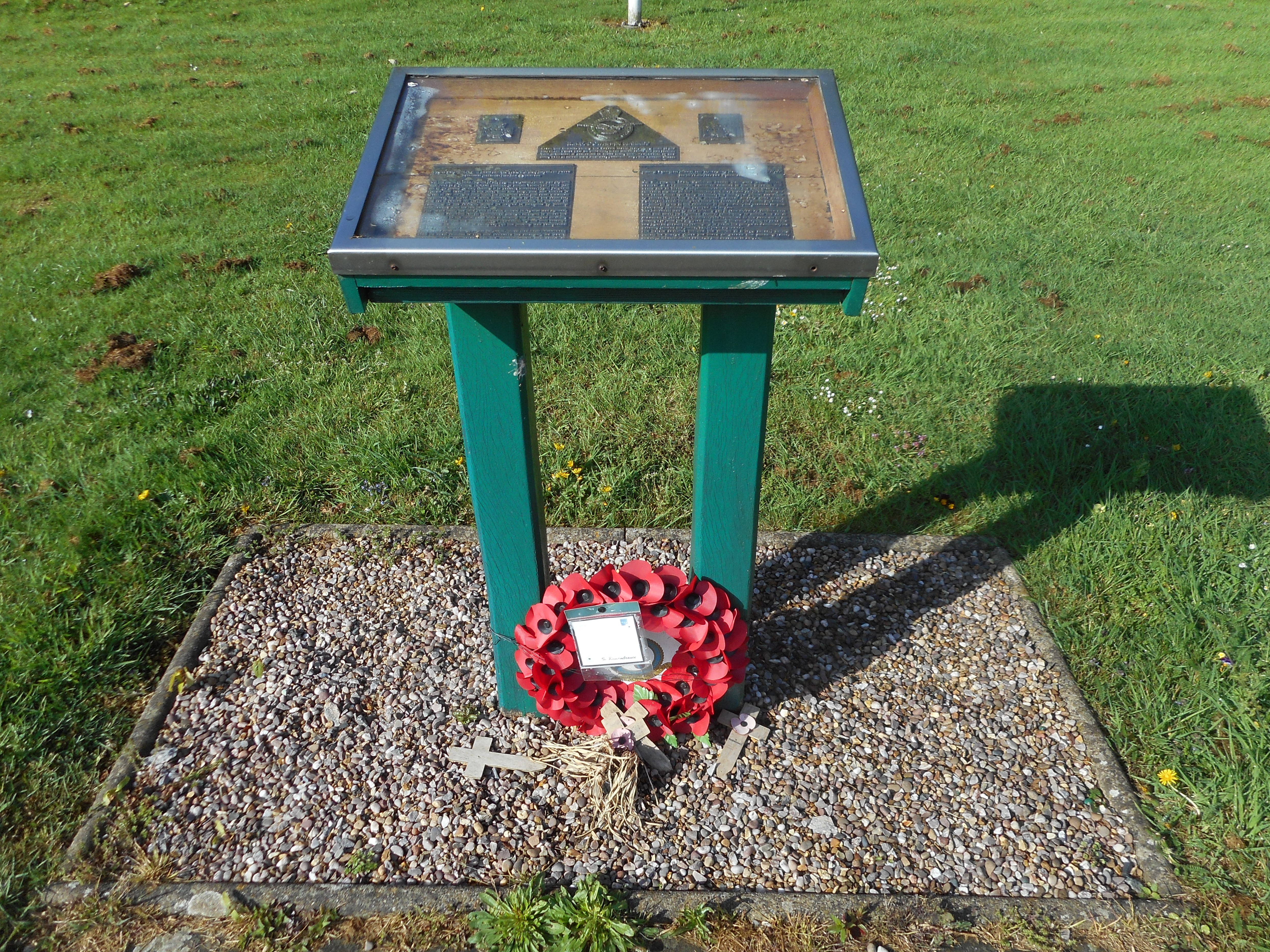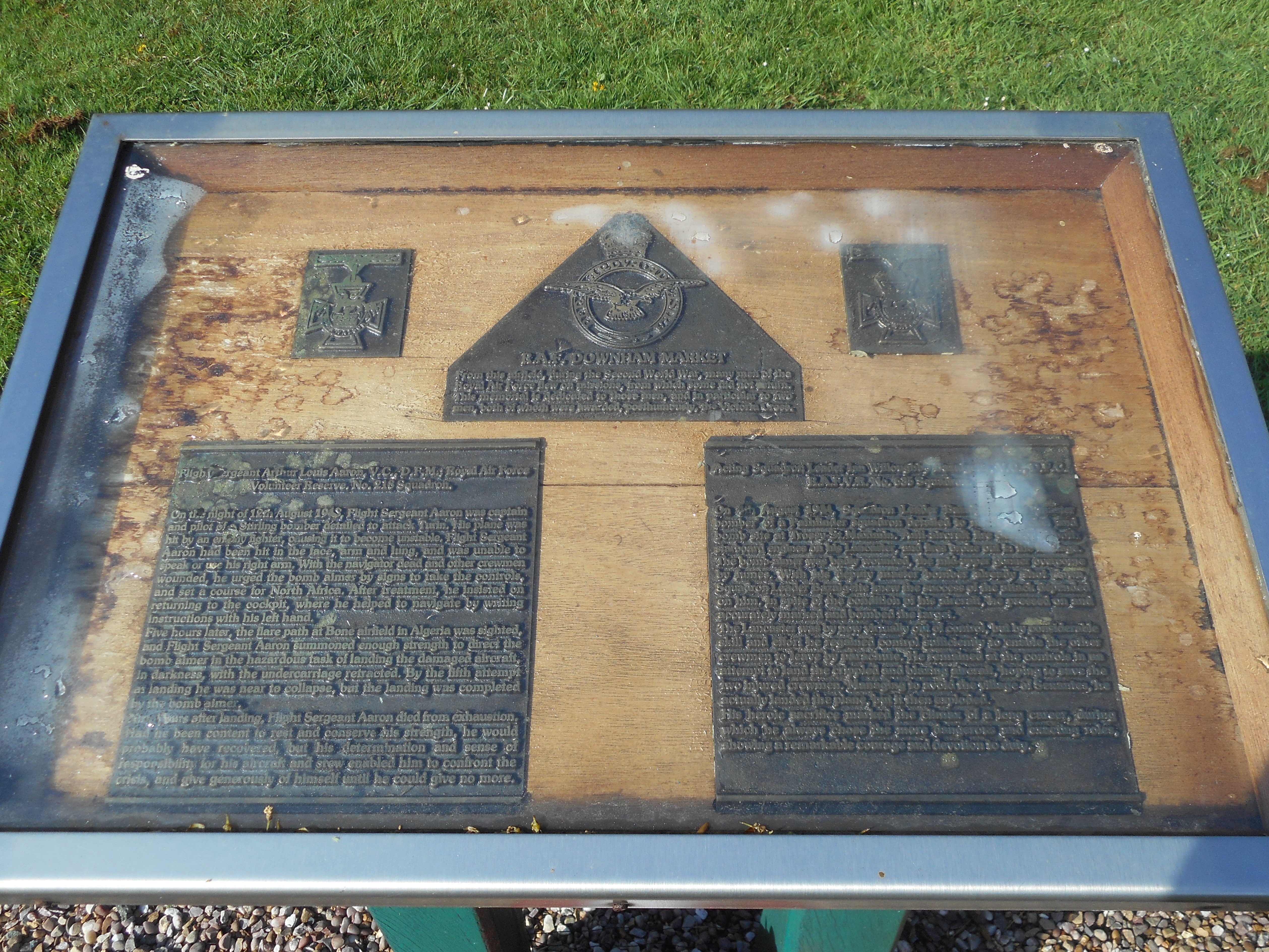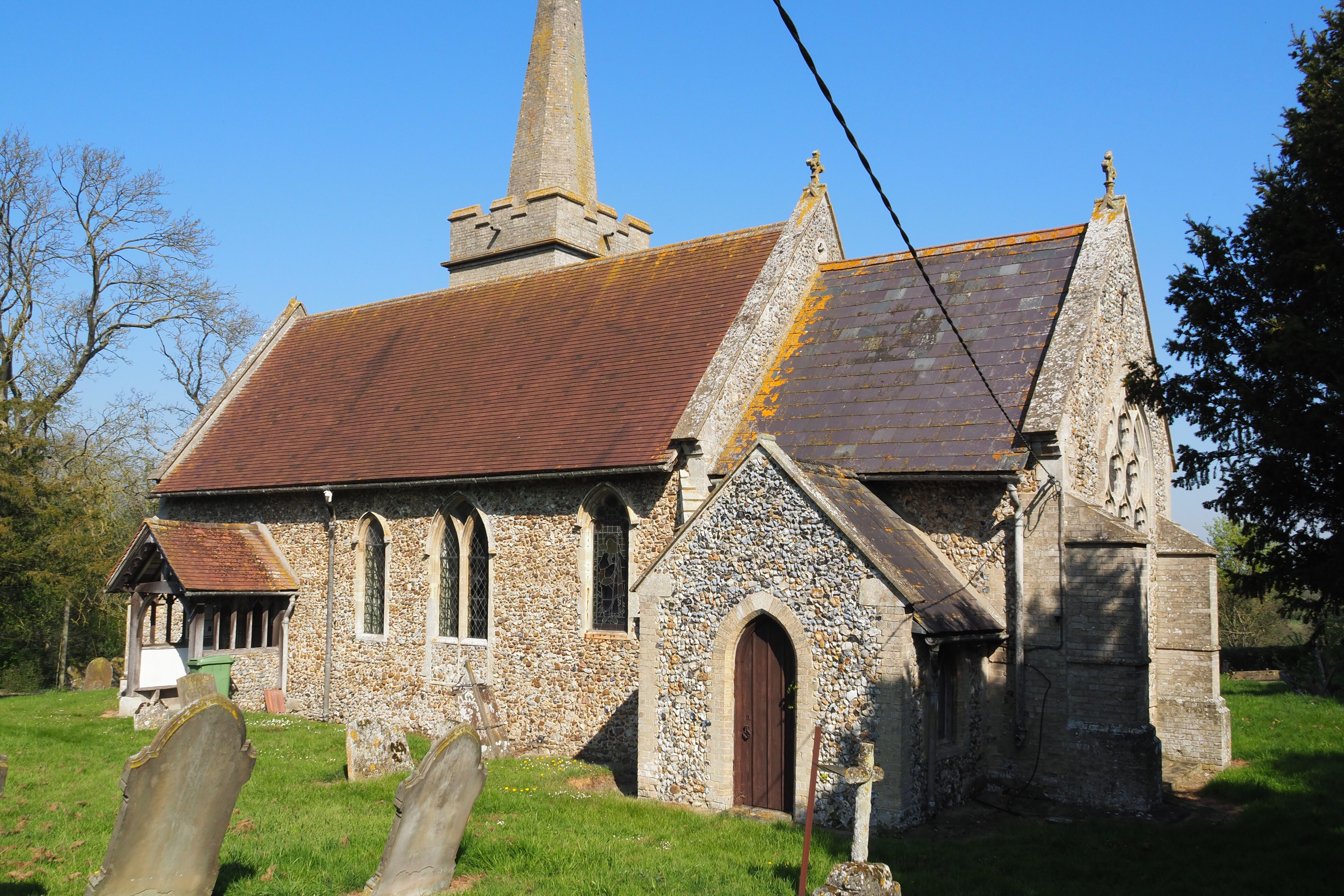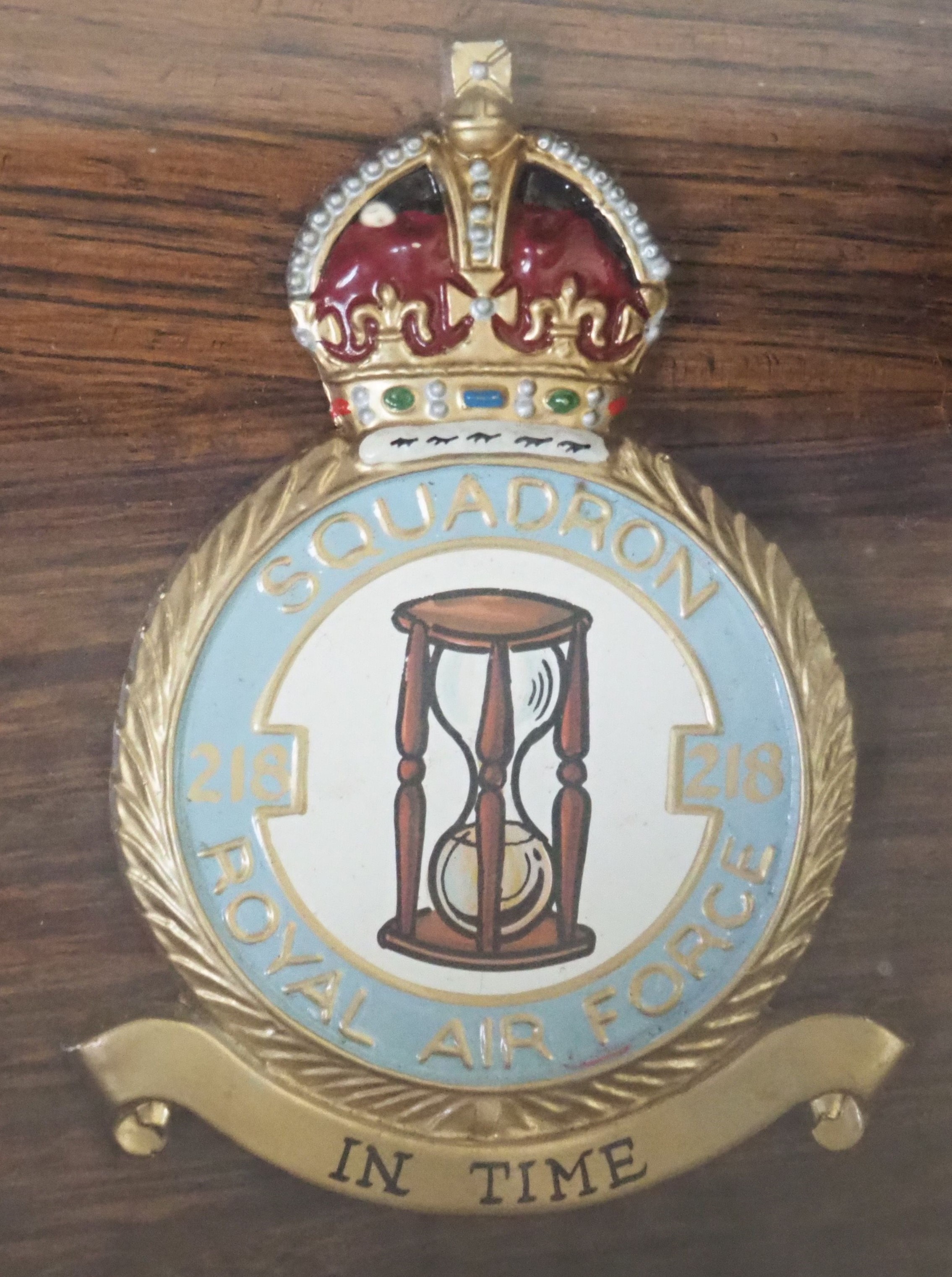Aaron, Arthur Louis
Personal Information
| Rank | F/S |
| Forename(s) | Arthur Louis |
| Surname | Aaron |
| Gender | M |
| Age | 21 |
| Decorations | VC, DFM |
| Date of Death | 13-08-1943 |
| Next of Kin | Son of Benjamin Aaron and Rosalie Marie Aaron (née Marny), of Gledhow, Leeds, Yorkshire. |
Aircraft Information
| Aircraft | Short Stirling III |
| Serial Number | EF452 |
| Markings | HA-O |
Memorial Information
| Burial/Memorial Country | Algeria |
| Burial/Memorial Place | Bone War Cemetery, Algeria |
| Grave Reference | II. B. 3. |
| Epitaph | AN EXAMPLE OF COURAGE SELDOM EQUALLED BUT NEVER SURPASSED |
IBCC Memorial Information
| Phase | 2 |
| Panel Number | 121 |
Enlistment Information
| Service Number | 1458181 |
| Service | Royal Air Force Volunteer Reserve |
| Group | 3 |
| Squadron | 218 (Gold Coast) |
| Squadron Motto | In time |
| Trade | Pilot |
| Country of Origin | United Kingdom |
Other Memorials
| Location | City Centre, Leeds, West Yorkshire |
| Country | United Kingdom |
| Memorial Type | Metal Sculpture, Inscribed Stone Tablet & Inscribed Metal Plaque |
| Memorial Text | In memory of F/S A.L. Aaron VC of 218 Sqn. 12th. August 1943 |
| Location | St. Mary's Church, Bexwell, Norfolk |
| Country | United Kingdom |
| Memorial Type | Inscribed Stone Tablet |
| Memorial Text | In memory of the squadrons based at R.A.F. Downham Market and those who have their lives during the 1939 - 1945 war |
| Location | All Saints Church, Chedburgh, Suffolk |
| Country | United Kingdom |
| Memorial Type | RoH and Sqn Crest |
| Memorial Text | Roll of Honour and scroll remembering the members of the Royal and Polish Air Forces who served at RAF Chedburgh 1942 - 1946 |
Miscellaneous Information
| F/S Aaron may well have survived had he rested instead of insisting on returning to his seat to assist the flight engineer and bomb aimer to prepare for landing at Bone. In the end he became unable to help directly, such were the severity of his injuries but he did carry on giving written instructions using his left hand. His face had been badly injured, and he also sustained injuries to his chest and right arm. Sir Arthur Harris later wrote to Aaron's parents in Leeds: 'In my opinion, never in the annals of the RAF has the VC been awarded for skill, determination and courage in the face of the enemy than that displayed by your son on his last flight.' |
| VC citation (London Gazette 5th November 1943): "The King has been graciously pleased to confer the Victoria Cross on the undermentioned airman in recognition of most conspicuous bravery: 458181 Acting Flight Sergeant Arthur Louis Aaron, D.F.M., Royal Air Force Volunteer Reserve, No. 218 Squadron (deceased). On the night of 12 August 1943, Flight Sergeant Aaron was captain and pilot of a Stirling aircraft detailed to attack Turin. When approaching to attack, the bomber received devastating bursts of fire from an enemy fighter. Three engines were hit, the windscreen shattered, the front and rear turrets put out of action and the elevator control damaged, causing the aircraft to become unstable and difficult to control. The navigator was killed and other members of the crew were wounded. A bullet struck Flight Sergeant Aaron in the face, breaking his jaw and tearing away part of his face. He was also wounded in the lung and his right arm was rendered useless. As he fell forward over the control column, the aircraft dived several thousand feet. Control was regained by the flight engineer at 3,000 feet. Unable to speak, Flight Sergeant Aaron urged the bomb aimer by signs to take over the controls. Course was then set southwards in an endeavour to fly the crippled bomber, with one engine out of action, to Sicily or North Africa. Flight Sergeant Aaron was assisted to the rear of the aircraft and treated with morphia. After resting for some time he rallied and, mindful of his responsibility as captain of aircraft, insisted on returning to the pilot's cockpit, where he was lifted into his seat and had his feet placed on the rudder bar. Twice he made determined attempts to take control and hold the aircraft to its course but his weakness was evident and with difficulty he was persuaded to desist. Though in great pain and suffering from exhaustion, he continued to help by writing directions with his left hand. Five hours after leaving the target the petrol began to run low, but soon afterwards the flare path at Bone airfield was sighted. Flight Sergeant Aaron summoned his failing strength to direct the bomb aimer in the hazardous task of landing the damaged aircraft in the darkness with undercarriage retracted. Four attempts were made under his direction. At the fifth Flight Sergeant Aaron was so near to collapsing that he had to be restrained by the crew and the landing was completed by the bomb aimer. Nine hours after landing, Flight Sergeant Aaron died from exhaustion. Had he been content, when grievously wounded, to lie still and conserve his failing strength, he would probably have recovered, but he saw it as his duty to exert himself to the utmost, if necessary with his last breath, to ensure that his aircraft and crew did not fall into enemy hands. In appalling conditions he showed the greatest qualities of courage, determination and leadership and, though wounded and dying, he set an example of devotion to duty which has seldom been equalled and never surpassed”. |
| Born 5 March 1922 at 40 Hartley Grove, Woodhouse, Leeds. His father was born in Hunslet in 1891, of Russian Jewish lineage, and his mother in Estavayer-le-Lac, Canton Fribourg in Switzerland in 1892. Arthur was baptised at St. Mary's Catholic Church in Knaresborough. He had an elder brother Frank Emile Aaron who would become a renowned cross-country runner. Arthur and his brother both attended Roundhay School. Seeing Alan Cobham's Flying Circus was an early influence on his ambitions. In 1939, Arthur won a scholarship to attend the Leeds School of Architecture and became a cadet in the inaugural Flight of Leeds University Air Squadron. Arthur, his brother and his father all had a passion for mountaineering and Arthur was able to indulge this passion while attending flight training school in USA. He obtained his wings at No. 1 British Flying Training School, Terrell, Texas and was sent to 26 OTU at RAF Wing, followed by 1657 HCU ar RAF Stadishall and then 218 (Gold Coast) Squadron at RAF Downham Market. |
Commonwealth War Graves Commission
The National Archives
| Record of Events (Operational Record Book) AIR 27/1351/16 |
| Summary of Events (Operational Record Book) AIR 27/1351/15 |
Fellow Servicemen
Please note that this list gives all the losses aboard the quoted aircraft and occasionally these may have occurred on an earlier date when the aircraft was not itself lost. Please check the dates of death carefully.
Last Operation Information
| Start Date | 12-08-1943 |
| End Date | 13-08-1943 |
| Takeoff Station | Downham Market |
| Day/Night Raid | Night (88% moon) |
| Operation | Turin- Fiat factory. 152 aircraft, 2 losses. The crews described the raids as 'heavy and concentrated' although there was little detail from the local authorities except 18 dead. |
| Reason for Loss | Raked by machine gun fire from another bomber in the main force, killing Sgt. Brennan instantly. F/S Aaron was mortally wounded and died the following day after making a crash landing at Bone airfield, Algeria. The instrument panel had been severely damaged and the front section of the windscreen shattered. Larden and Mitchem, the bomb aimer and flight engineer respectively, took turns at the second set of controls as Aaron was slumped at the main controls, unconscious. Between them, they were able to bring the aircraft back to the straight and level. By now, Aaron had come round and, unable to speak due to severe facial injuries, gave instructions to the crew by scribbling notes on the back of Brennan's logbook. It read that the crew should return to England, but with the aircraft now at only 4000ft in the Alps and severe damage to the trim cables and hydraulics, this did not seem like an appealing option. Instead, Larden headed for Austria but once clear of the Alps, turned west in the hope of reaching Sicily. They crossed into the Mediterranean at La Spezia (where they released their bomb load over the naval base) and on reaching Sicily, they issued a distress call, which was responded to by Bone airfield, North Africa, who took control of the situation and instructed them not to attempt a landing at Sicily but to proceed to Bone. As they approached Bone, Aaron had collected himself enough to insist that he return to the controls despite his grievous injuries and, helped by the other crew, he was able to do just that. After two abortive attempts to land, Larden once again took the controls and landed on the third attempt. Aaron was quickly conveyed to Bone hospital, where he was immediately operated on. Meanwhile Larden and Mitchem, who had scarcely had time to even realise that they had also been hit by gunfire, were also attended to. Although the surgeons were initially pleased with how Aaron had responded, he sadly died the following day. Aaron was a mild mannered individual, but commanded discipline amongst his crew and insisted that all were able to carry out at least some of each others' roles in case anybody should be incapacitated during an operation. This discipline, as it turned out, saved the crew but sadly not Aaron himself. Larden was awarded the CGM whilst Mitchem and Guy received the DFM. |
